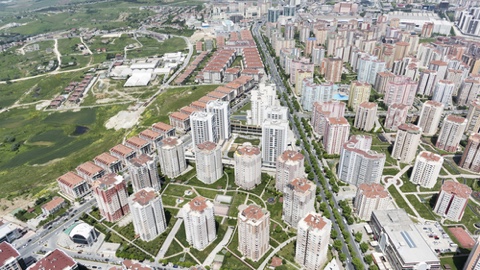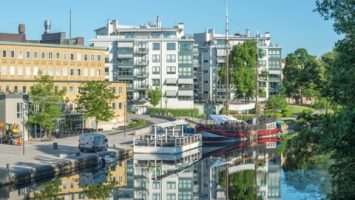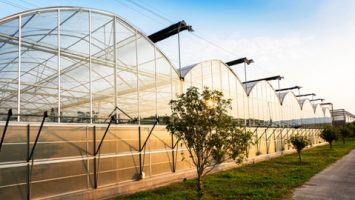
Architecture 2030 issued The 2030 Challenge asking the architecture and building communities to adopt the following targets:
- All new buildings, developments and major renovations shall be designed to meet a fossil fuel, Greenhouse Gas Emitting (GHG), energy consumption performance standard of 70% below the regional average/median for that building type.
- At a minimum, an equal amount of existing building area shall be renovated annually to meet a fossil fuel, GHG emitting, energy consumption performance standard of 70% of the regional (or country) average/median for that building type.
- The fossil fuel reduction standard for all new buildings and major renovations shall be increased to:
- 80% in 2020
- 90% in 2025
- Carbon-neutral in 2030 (using no fossil fuel GHG emitting energy to operate).
Cleantech San Diego is managing the San Diego 2030 District initiative along with the San Diego Regional Chamber of Commerce, Alexandria Real Estate Equities, Inuit, DNV GL, Verdani Partners and Measurabl. San Diego already has laws in place mandating the halving of greenhouse gas emissions by 2035.
The Delaware Valley Green Building Council is forming the Philadelphia 2030 District, with the aim of launching the district in October with commitments from at least 10 million square feet.
The city of Tucson, Arizona has also committed to become a 2030 District, with three phases involved: prospective, emerging and established. The city is currently in the second phase, which means that it has established an exploratory committee with participation of at least three property owners who stated their intentions to meet goals outlined by the organization.
“Interest is accelerating,” stated Dave Low, the Network Liaison for the 2030 Districts, “We continue to have conversations with new cities which are showing interest. We feel the recent changes in the political environment may be a driver of interest as there will need to be more local efforts to combat climate change and the 2030 District model is an ideal method for enacting local efforts.”


